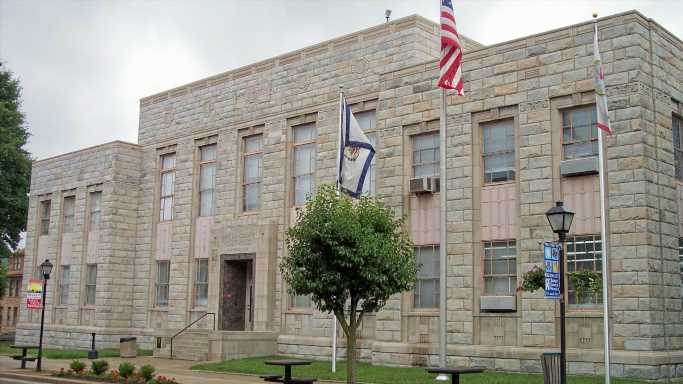America’s Poorest Big Cities
Large cities and metropolitan areas have long been hubs of economic activity and prosperity in the United States. Places like Boston, Chicago, Dallas, New York, and San Francisco are home to large employers that can afford to pay enough to attract top talent from around the country. As a result, these cities, and many others like them, have a high concentration of high-income residents. (Here is a look at the cities where wages will rise the most by 2060.)
While some American cities stand out for the economic opportunity they offer, many others are notable for the opposite reason. There are 384 metropolitan areas in the United States, and in dozens of them, incomes are far lower than average, and serious financial hardship is widespread.
Using metro area level data from the U.S. Census Bureau’s 2021 American Community Survey, 24/7 Wall St. identified America’s poorest big cities. Metro areas are ranked by median household income in 2021. Supplemental measures are also from the ACS.
Among the places on this list, which are disproportionately concentrated in the South, median household incomes range from just under $52,000 down to $38,700. For context, the typical American household earned $69,717 in 2021. In all but one of these metro areas, the share of residents living below the poverty line exceeds the national poverty rate of 12.8%.
A college education is a primary driver of upward economic mobility in the United States and to higher incomes. According to the Bureau of Labor Statistics, the typical worker with a four-year college degree earns about 65% more than the typical worker with just a high school diploma. Low incomes in many of the cities on this list are likely tied to lower educational attainment. The share of adults with a bachelor’s degree or higher exceeds the 35% national share in only one metro area on this list.
Low incomes in many of these places are also tied to a lack of employment opportunities. According to ACS estimates, the 2021 unemployment rate exceeded the national rate of 6.3% in the majority of metropolitan areas on this list. (Here is a look at the states recovering the fastest from high unemployment.)
Click here for America’s poorest big cities.
Sponsored: Tips for Investing
A financial advisor can help you understand the advantages and disadvantages of investment properties. Finding a qualified financial advisor doesn’t have to be hard. SmartAsset’s free tool matches you with up to three financial advisors who serve your area, and you can interview your advisor matches at no cost to decide which one is right for you. If you’re ready to find an advisor who can help you achieve your financial goals, get started now.
Investing in real estate can diversify your portfolio. But expanding your horizons may add additional costs. If you’re an investor looking to minimize expenses, consider checking out online brokerages. They often offer low investment fees, helping you maximize your profit.
Source: Read Full Article

